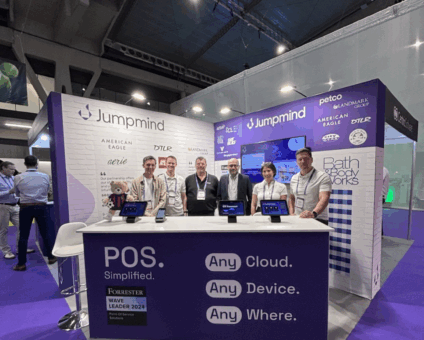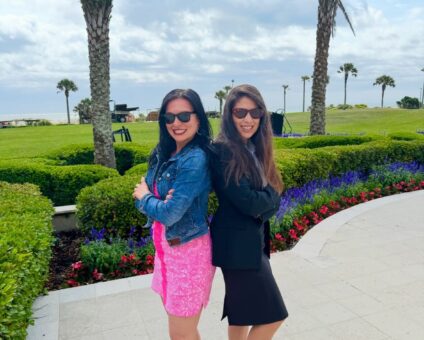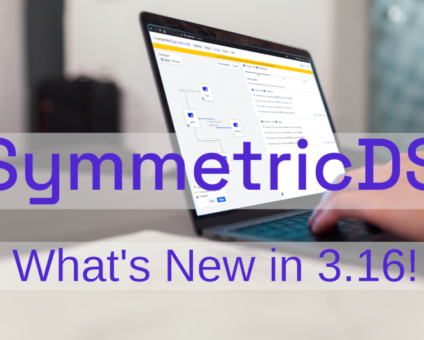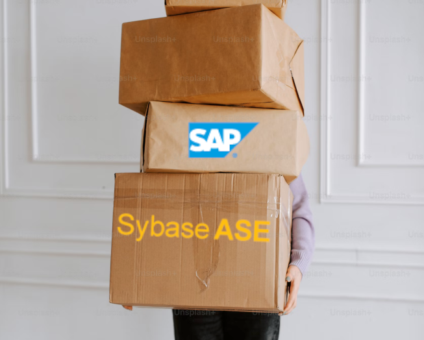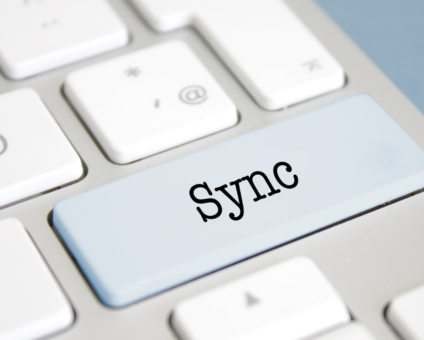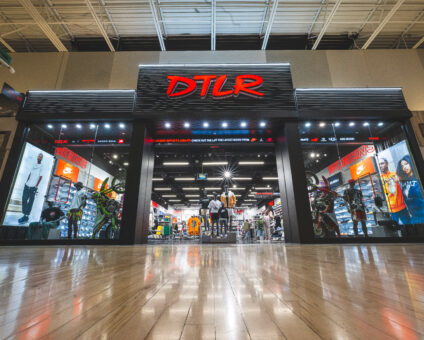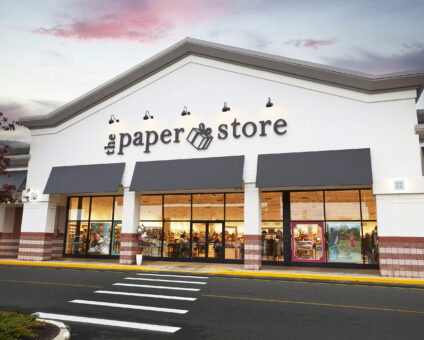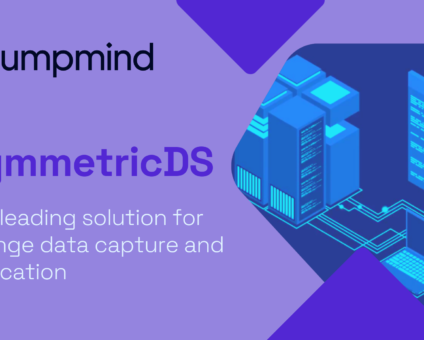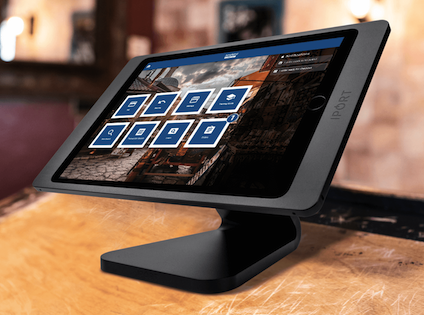Physical retail is still where the magic happens. According to new research by RSR, 85% …
![]()
Cloud-native POS platform for seamless omnichannel customer experience.
![]()
A single hub for all promotions campaigns.
- Omnichannel ExperienceCreate seamless customer experiences
- Device IndependencePOS agnostic to form factor or operating system
- Self-CheckoutDo more with fewer associates
- Mobile StoreLeverage POS from anywhere
- POS on the GoEnable associates to sell outside of the store
- Unified PromotionsStreamline and simplify promotion workflows
- CX ConnectAllow customers to engage with POS during checkout
- Composable CommerceCreate the store experience you want
![]()
The most advanced synchronization solution for databases and file systems.
![]()
Data configuration and batch automation across different disparate systems and vendors.
-
Data Replication
- Multi-tier DistributionReplicate thousands of remote locations
- Cloud Database ReplicationCapture live changes from on-premise to the cloud
- High Availability and Load BalancingEnsure 24/7 access to data and scale efficiently with demand
- Analytics and ReportingCapture the whole picture with real-time reporting
- Multi-masterMaintain consistency of data in a peer to peer setup
- Data WarehouseReplicate live and historical data to a warehouse
- MigrationsConduct live data migration with no downtime
-
-
Data Integration
- Master Data ManagementChanges propagate across the entire system, allowing you to maintain a centralized view of all parts of your core business entities.
- Application IntegrationReduce dependencies, complexity, and risk to build a high-performance, data-driven application.
- Web ServicesIntegrate multiple systems using web services or build a business application using a service-oriented architecture.
- Data WarehouseIntegrate disparate data from multiple systems so you can transform data for better business intelligence and reporting.
- Data MigrationConduct live data migration during critical server replacements, storage upgrades, and data center relocations—with no downtime.
- ImplementationIntegration consultants help design, develop, and deploy an implementation of our products.
- DevelopmentThe product developers can add features, enhance existing functionality or build support for new platforms.
- TrainingEngage our experienced training resources to gain in-house knowledge and expertise on Jumpmind products.
- SupportLeverage product engineers to resolve issues, fix defects and provide updates or patches.
- Proof of ConceptDetermine the feasibility of implementing our products and get answers to your questions quickly.
Beyond the Hype: What Retailers Really Want from Tech in 2025 Europe’s biggest retail conference …
What a fun week it was for women from across the country who came together …
View all Blog Posts
The new release of SymmetricDS Pro 3.16 data replication software simplifies setup, improves performance, and …
Sybase ASE (more recently known as SAP Adaptive Server Enterprise), announced its end of mainstream …
Azure Blob Storage has become a popular option for storing files in the cloud. And …
View all Blog Posts
Jumpmind Powers Point of Sale and Promotions Execution for Landmark Retail, One of the Largest …
Retail Technology Leader Jumpmind to Enable Mobile Point of Sale and Inventory Management for DTLR/VILLA …
The retailer is charting its next chapter with retail technology modernization to power inspired omnichannel …
View all Customer Stories
43 percent say handling online order returns in-store is a top challenge, and that increases …
After nearly a century in business, the legendary Canadian fashion retailer is retooling to streamline …
The Solution Addresses Modern Retail Challenges with Innovative Promotions to Captivate Inflation-Weary Shoppers NRF 2024, …
View all Blog Posts
![]()
Cloud-native POS platform for seamless omnichannel customer experience.
![]()
A single hub for all promotions campaigns.
![]()
The most advanced synchronization solution for databases and file systems.
![]()
Data configuration and batch automation across different disparate systems and vendors.
-
Data Replication
-
-
Data Integration
-
Retail Retail trends, technology, and enhancing the customer experience
-
Data Thoughts on data matters, dialects, performance, and security
-
Customer Stories How Jumpmind impacts the businesses of our clients
-
Videos & Webinars Watch on demand demos, reviews, and tours of our products
-
Company News Get the scoop on Jumpmind's growth and impact
View all Blog Posts
What’s New in SymmetricDS 2.4
What’s New in SymmetricDS Pro 2.4
The new release of SymmetricDS 2.4 will help you:
- Replicate tables that have different column names between the source and target
- Transform, merge, and supplement tables during replication
- Synchronize more data in large object (LOB) columns
Mapping Different Tables
A table on the source database can be mapped to a table on the target database even if they have different names and they are located in different schemas. Using the web console, the user can specify each column from the source table that replicates to a column on the target table. Since only the specified columns are replicated, this also makes vertical data filtering easy.
Powerful Transformation
A new set of powerful transformation features make it easier to transform, merge, and supplement tables during replication. Transformation can be performed with access to the source database during the extraction phase, or during the loading phase with access to the target database. The web console makes mapping tables and specifying transformations as easy as point and click. Add new columns with constant values or variables, or provide a SQL query to lookup values from another table. Multiple source tables can be merged to synchronize a consolidated target table. Or transform a single row from the source database into multiple rows on the target database. Specify different mappings based on whether the change is insert, update, or delete. If the built-in transformations don’t meet your needs, then paste in a Beanshell script that can transform the data however you need.
Replicate Larger LOBs
While large object replication of binary (BLOB) and character (CLOB) data has been possible in the past, this release includes stream oriented handling of data. Normally, the change data capture system records the LOB to the sym_data table. Each database system has a limit on the amount of data that can be captured for each row. Now the user can enabled the “Use Streaming LOB” option to skip the data capture and stream the LOB from the database instead. This makes it possible to replicate much larger objects than were previously supported.
Super User


